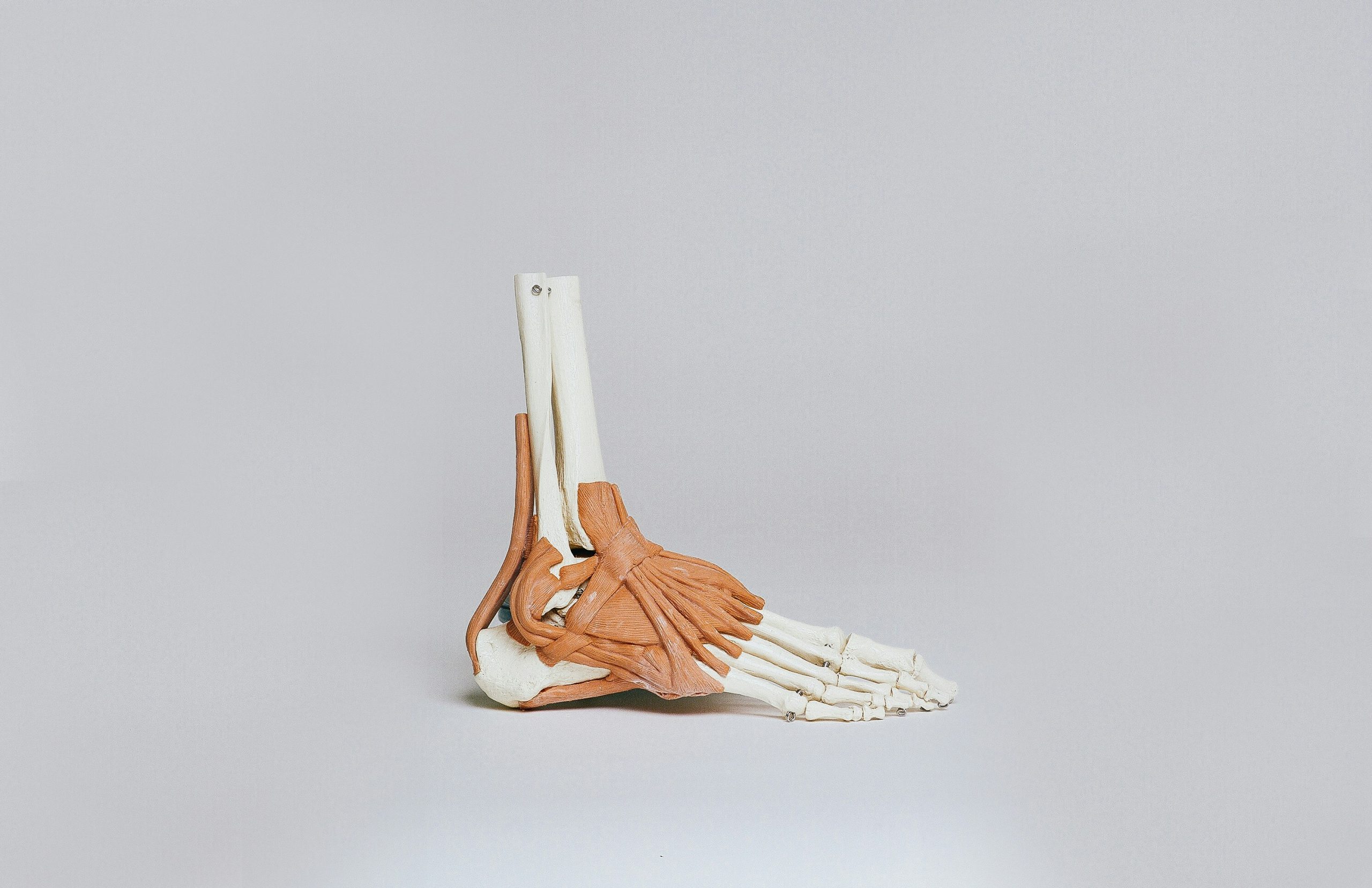Pain Running | Should I Stop Or Keep Going?
Pain running. Should I continue to run with pain? Am I causing lasting damage? When do I know I’m ready to run again?
Runners being runners just want to run. So these are the most common questions we hear on a daily basis…and very important ones too.
Pain Running

Knowledge is power. A simple bit of education on pain and it’s behaviour can be vital to help you notice the signs, act quickly, and return safely. As Dr Seuss said, “the more that you read, the more things you will know. The more that you learn, the more places you’ll go.” This couldn’t be more apt for runners.
Pain when running or pain after running are extremely common occurrences. Knee pain running, ankle pain running, shin pain running, or foot pain running are the most prevalent. They make up the 5 most common running injuries:
Pain is often defined as ‘an unpleasant sensory and emotional experience associated with actual or potential tissue damage’. Pain is a spectrum. From a mild stiffness or ache, to a severe stabbing or burning sensation. Without going into the complexities of pain, everyone has a different perception of what it is and how bad it is. In this instance we will regard pain as a symptom of some underlying problem.
The information below sets out the differences between good and bad pain, and most importantly when is the right time to return to running.
When to keep running?

Pain running doesn’t always have to be bad. When we workout, be it exercise or just doing a more strenuous activity that we are not used to doing (e.g. DIY or gardening), we often feel stiff or achy afterwards. Usually within the following 12-48 hours. Those typical mornings after, when getting out of bed isn’t so easily done. But once you’ve got moving and showered, things are already feeling better as the day goes on. This is commonly termed Delayed Onset of Muscle Soreness (DOMS).
Essentially ‘good pain’ can be tiny bits of micro-trauma in your soft tissues (muscle/tendon/ligament/cartilage etc) having pushed a little beyond their threshold. However, given time to adapt, they repair stronger and ready to go again with a higher threshold. So that doing the same level of exercise or activity doesn’t make you so stiff next time. Just like doing that first run for a while or returning to the gym in the first few weeks. It’s simply you getting fitter!
Common behaviours:
- Obvious reason for onset
- Mild to moderate stiffness or ache (No more than 3 out of 10 on your pain scale)
- More you move, more it improves
- Eases within 12-24 hours
When to stop running?

When pain running starts to cause more damage to your soft tissues. This is more inflammatory-type pain than simple DOMS. Generally this is more irritable. One simple movement or activity can make it feel painful for days or weeks. Inflammation is the start of any healing process but can show that you have pushed too far for whatever reason. Be it poor form, poor condition or doing too much too soon. Soft tissues have likely been stretched too far or compressed too much. Trying to run through this pain will only make things worse! This is the time to rest from running. Usually for a period of 5-10 days to allow the inflammation to do it’s thing.
Common behaviours:
- Can be obvious or no reason at all for why it started
- Moderate to severe pain (More than 3 out of 10 on your pain scale)
- Gets worse the more you run
- More like days or even weeks to settle
3 Rules of Pain

If you are experiencing pain then follow these 3 simple rules. You will be less likely to aggravate your symptoms, more likely give your body the chance to heal well, and ensure you do not cause any lasting damage:
- 3/10 – if you perceive it to be more than a 3 out of 10 on your pain scale will most likely be causing more damage. If so then STOP!
- Increasing – if it begins to increase as you do what you’re doing is likely to be causing more damage. If so then STOP!
- Over 24 hours to recover – if it takes longer than 24 hours to recover from what you just did is likely to have caused more damage. If so then STOP!
When to return to running?
Given a period of relative rest (usually 5-10 days) from the initial onset of ‘bad pain’, and having continued to do some exercise in place of the running, then it’s time to gradually build back. There are simple, functional tests that we can use to establish if you’re safe to start running again without causing further problems. 2 Examples of these are a quick hop test or running on the spot for 30 seconds as shown below. If these are pain free you can begin to run again.
Try the hop test on the injured leg for 30 seconds
Try the run on the spot test for 30 seconds
The length of time you have had your bad pain symptoms for is generally a good idea of how long it will take to return. Follow these simple steps below as you build back up:
- Try out 2 to 3 tester runs initially using a walk/run regime e.g. 1 min walk/1 min run…then 1 min walk/3 mins run…and so on. For a period of 20-30 mins
- Ensure you have at least 24 hours between runs to recover
- Ensure you have no ‘bad pain’ reactions during or afterwards. If not then you can add more time/distance to your runs next time
- Steadily increase back to your desired level over the following month, giving your body/injured area time to recover and repair
**If your pain has not subsided within 3 weeks despite relative rest then seek advice from your Physiotherapist**
For more useful information and tips on everything running related go to our Runners Hub section of the website.
Remember…










